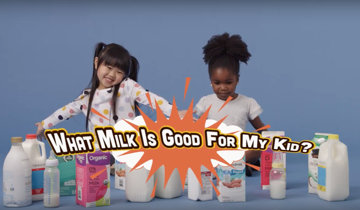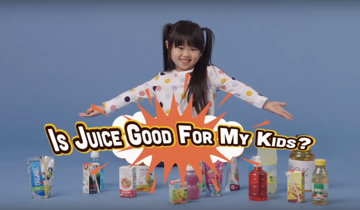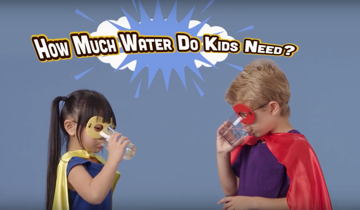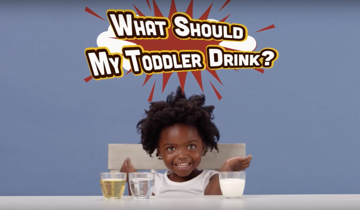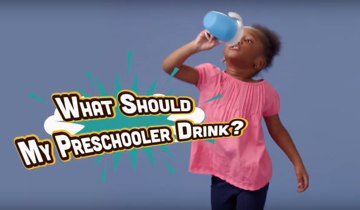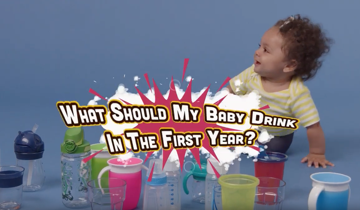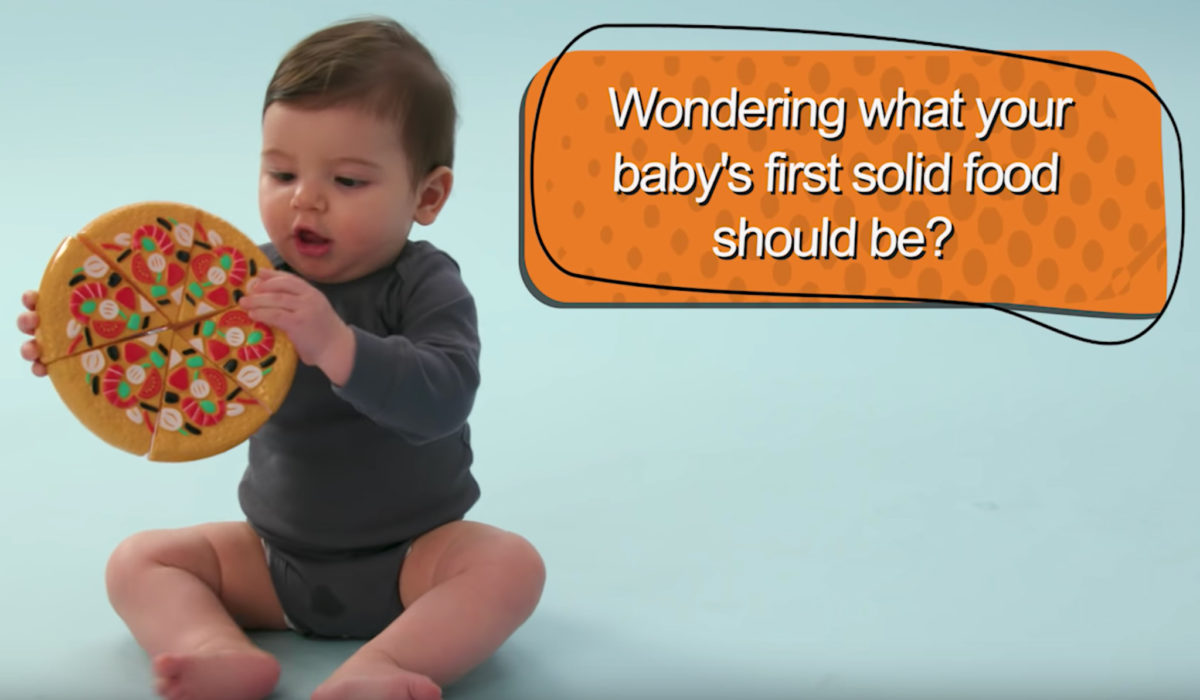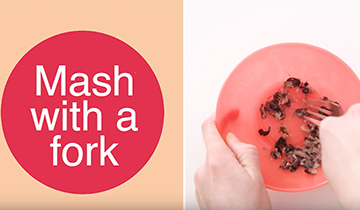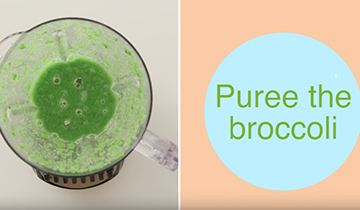What milk is good for my kid?
At different ages, kids need different types of milk.
- 0-12 Months: From birth to age 1, your baby only needs breast milk or infant formula.
- 1 Year: Starting at age 1, plain, pasteurized whole milk is good for your toddler. It is full of nutrients such as calcium, protein and vitamin D that are important for growing bodies. The recommended amount is 2 to 3 cups per day.
- 2+ Years: At age 2, kids should transition to plain, pasteurized fat-free (skim) or low-fat (1%) milk. The recommended amount is up to 2 cups a day. Transitioning to lower fat milks helps children maintain a healthy weight. However, if your child is underweight or has other medical needs, consult with your health care provider to choose the best beverages for your child.
What about flavored milks?
Stick to plain milk. Flavored milks like chocolate and strawberry milk have too many added sugars.
What if my child cannot have cow’s milk?
When medically directed or culturally preferred, talk to your health care provider about non-dairy milks. Just remember to look for unsweetened options.
Do toddlers need a special “milk” when transitioning from breast milk/infant formula to cow’s milk?
Nope! Once your baby turns 1, she is ready for plain whole milk. Products known as “toddler formulas” or “toddler milks” often have added sugars, and most kids can get the nutrients they need from a healthy diet.
And that’s it! Keep it plain and simple. Cheers!
Learn more at www.healthydrinkshealthykids.org.

